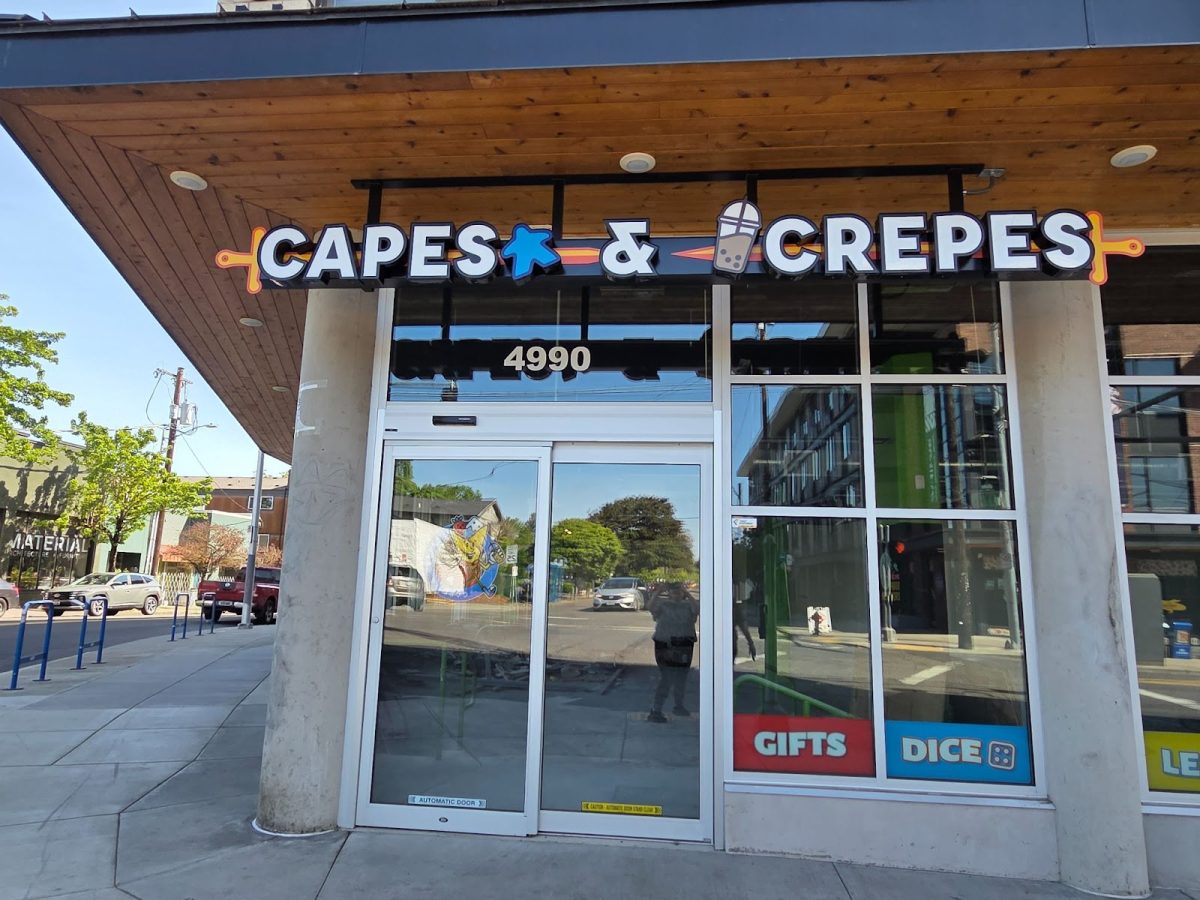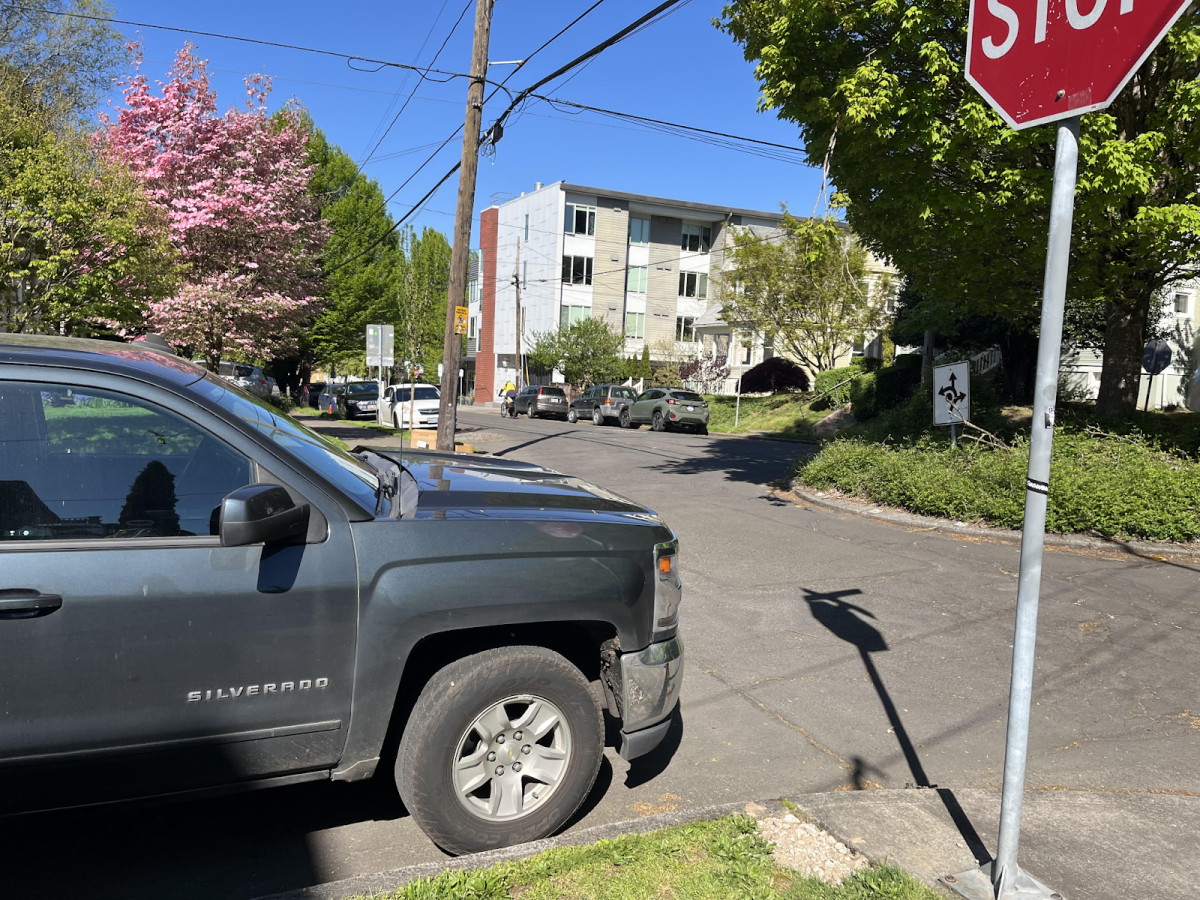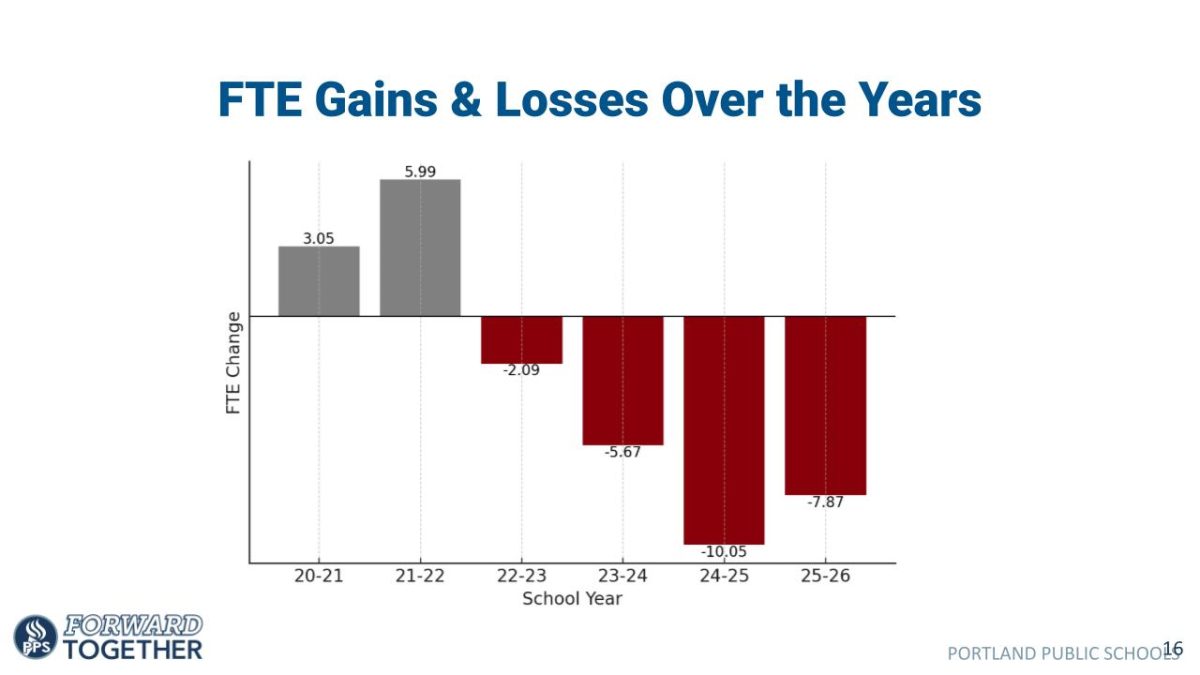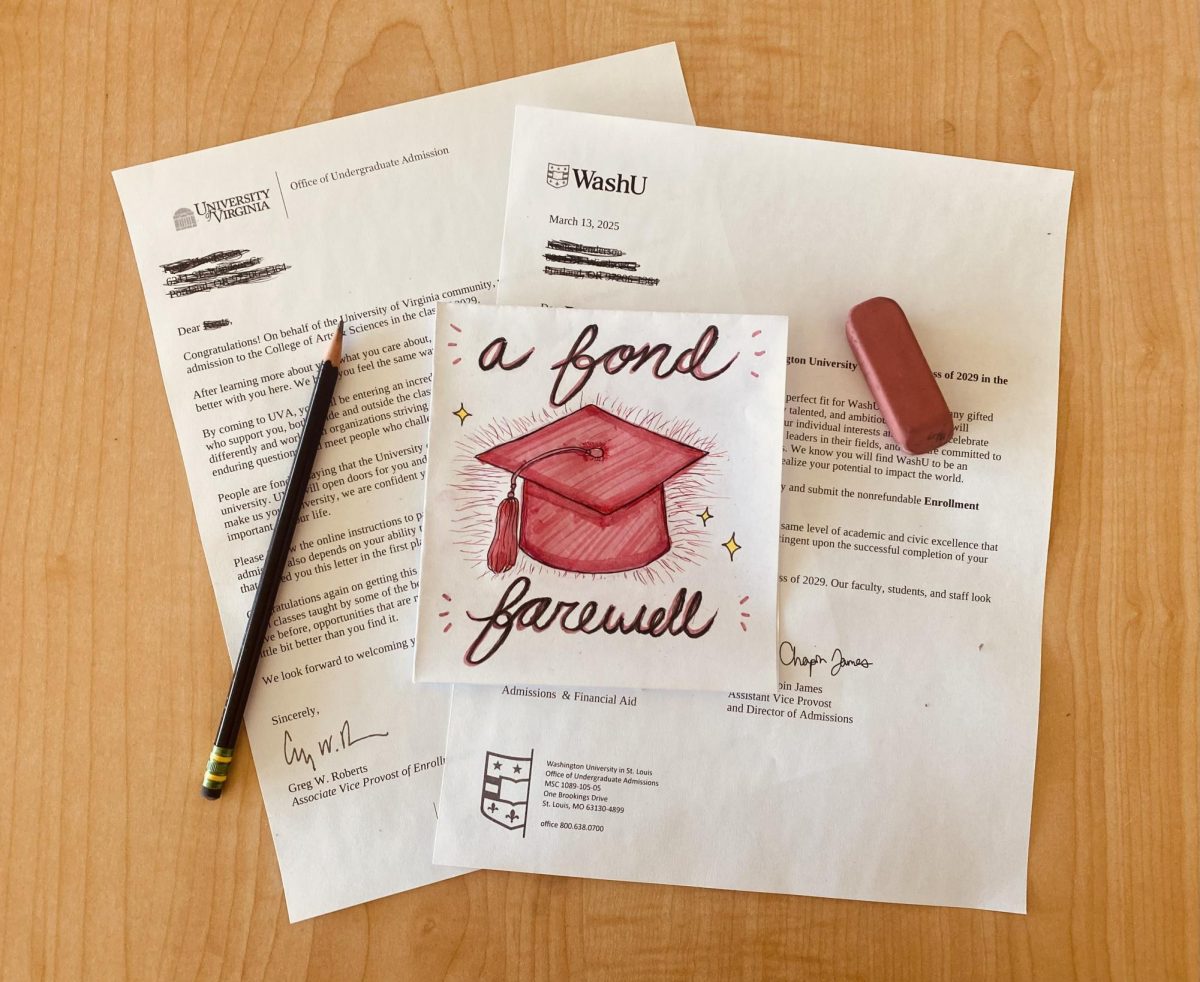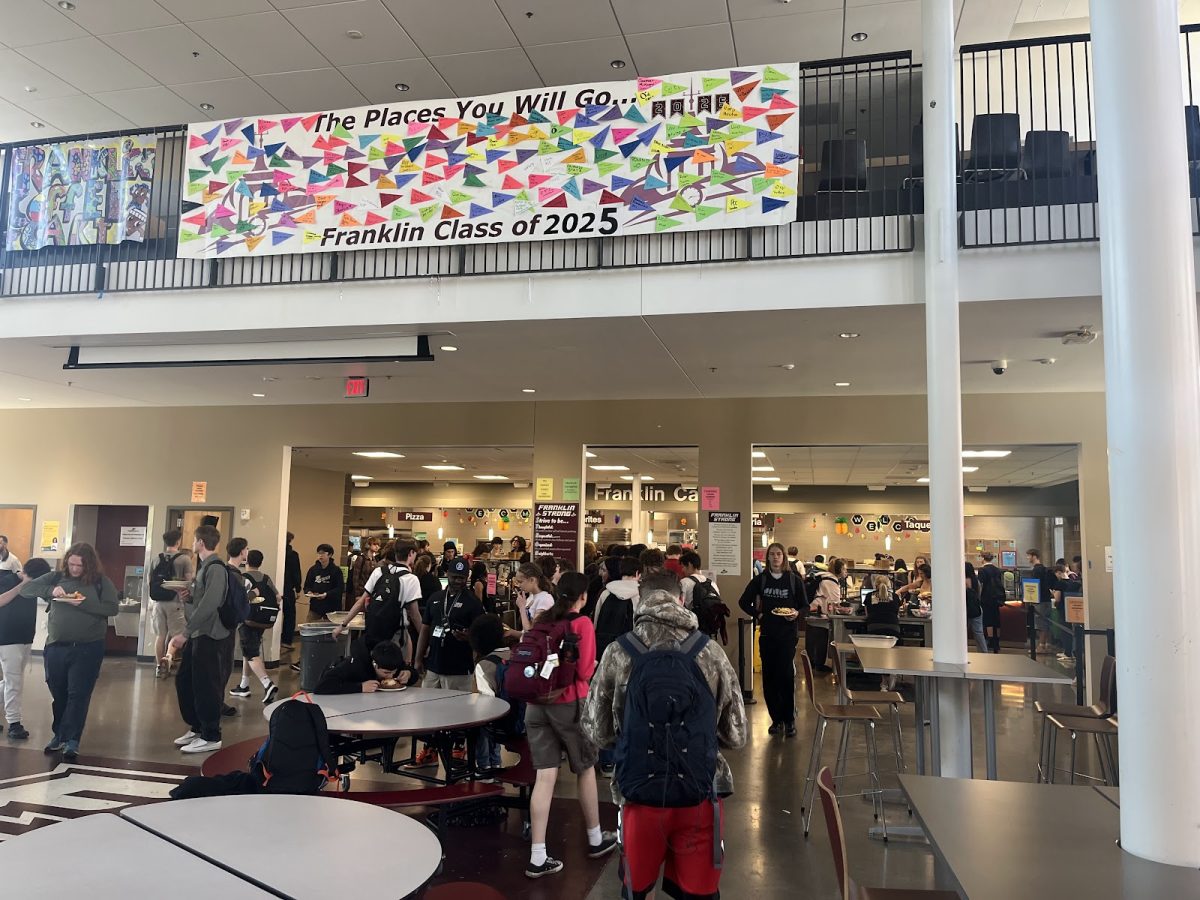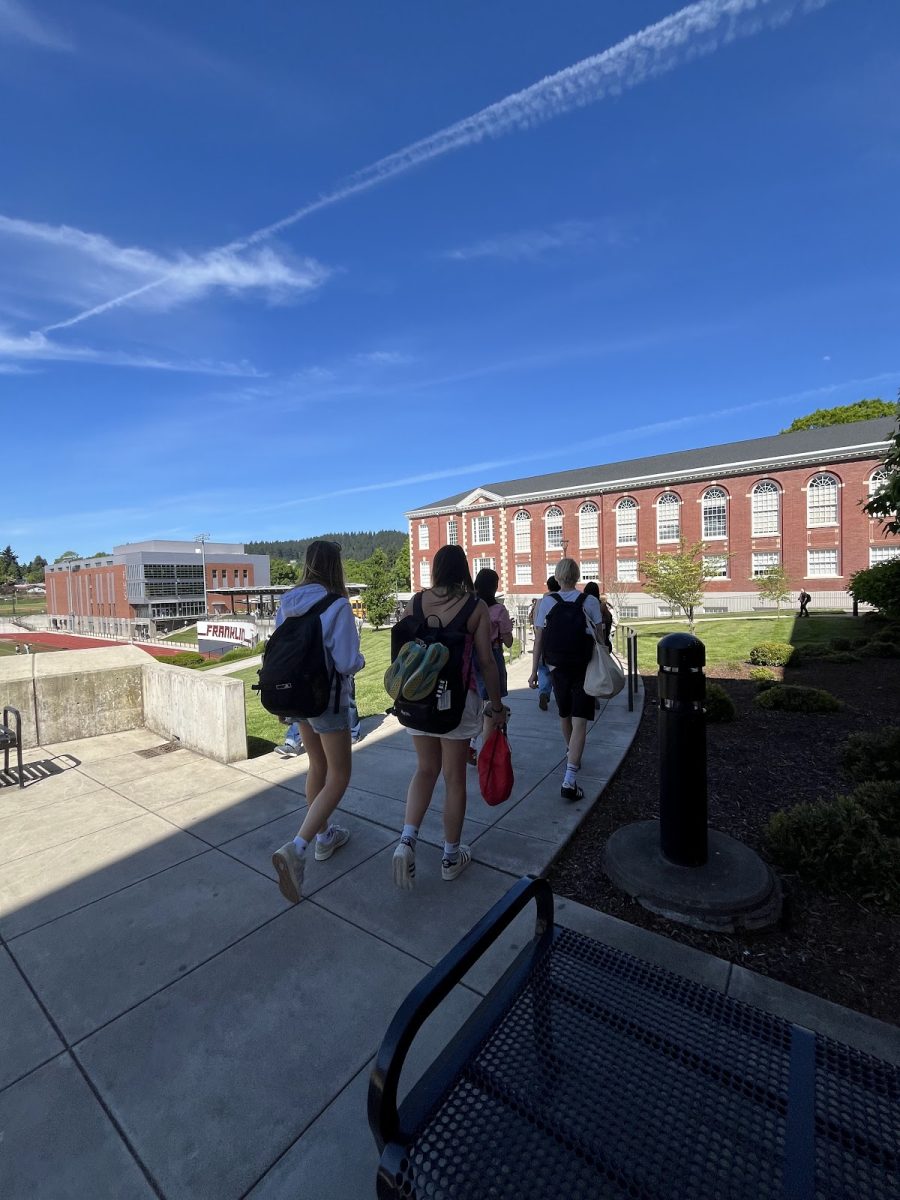
As seniors navigate the incredibly difficult and time-consuming college application process, many application deadlines keep popping up, leading to the questions of when to apply and what specific requirements are needed for each deadline. I personally struggled greatly when deciding which deadlines to meet for each school I was applying to, and I’m sure I wasn’t alone.
The deadlines include early action (EA), which requires no additional commitment for the student, other than submitting their application earlier on in the admissions cycle, typically Nov. 1., and receiving an admissions decision earlier, typically by mid-December. For many colleges, early action is also the deadline students need to meet in order to apply for all scholarships and receive maximum consideration for merit aid. Schools also offer two more restricting deadlines and admissions options: early decision (ED) and restrictive early action (REA), sometimes also referred to as single-choice early action.
ED is a binding contract that students must sign, essentially agreeing to attend the school if they are accepted. Students can typically only back out of this agreement if they show proof that they cannot afford to attend the school. The benefit of applying ED is a higher chance of acceptance because a college can see that the student is fully committed to their school, and knows that if accepted, that student will attend, thereby increasing their yield—the percent of students who choose to enroll in a particular college or university after having been offered admission. Similar to early action, ED deadlines are often Nov. 1., with admissions decisions coming out in mid-December; although some schools offer ED II, which has a later application deadline of mid-December or early January, all the other rules of regular ED apply.
When I was choosing which schools to apply to this summer, I initially considered doing ED for a school I was highly interested in attending, because I knew it would significantly increase my chances of getting into that school. While on a tour of Chapman University, I asked an admissions counselor about ED, specifically about what would happen if I was accepted to Chapman University, or any other school as an ED applicant, and then found out I could not afford the school once I discovered what the cost would be for me, and I had to miss out on the opportunity of ED. He replied that Chapman University likely would not do anything if I backed out of my ED contract, but since ED is a legally binding contract, I could be taken to court if I bailed. That really frightened me because without significant scholarships and financial aid, there was no way I could afford to spend upwards of $80,000 per year on college. Having to commit to a college before knowing the financial aid package that I would receive is something I could never do, leaving me only able to apply EA or regular decision to all schools, which significantly lowers the odds of being accepted to my dream schools.
Fortunately, there is another option that provides a boost in admission rates while being less financially constraining: REA. Presently, only Harvard, Princeton, Yale, Notre Dame, Stanford, and Georgetown offer REA. These schools represent six of the most elite colleges, and consequently have six of the lowest acceptance rates. REA varies per school, but generally, it allows students to apply regular decision to any school, but only EA to public schools, not private schools. This way, students can still demonstrate their commitment to a college and gain slightly higher admissions rates than RD (though not as high as ED), but they do not have to commit to the school. According to Princeton’s website, they explain that their REA “…[enables students] to compare their admission and financial aid offers with those of other colleges and universities.” With REA, if a student cannot afford the school they are accepted into, they are not forced to attend it. For this reason, I believe more colleges should begin offering REA over ED.
ED exclusively helps higher-income students who know they can afford to pay up to full price for college. Applicants from low to middle-class families such as myself cannot apply ED to any schools, for fear that we will receive inadequate financial aid but will still be forced to attend that school and take out debt. Tearale Triplett, a counselor at Franklin High School, stated that ED is “geared towards those students who may be [in a higher socioeconomic class]. People who have access to college counselors, for example, who can pay for them and understand all the nuances.” He also revealed that ED, or any early admissions in general, can pose difficulties for students who cannot afford the application fee at that moment, or who have Fs on their transcript and need to make up those courses during the first semester of their senior year.
Due to these equity issues, colleges should move away from offering ED so they can accept and help students from more diverse socioeconomic backgrounds, rather than exclusively wealthy students. Triplett also believed that schools needed to take some accountability and “be aware that [students] are going to be coming with financial need” and by forcing the students to commit to their school and restricting them from receiving aid from other schools, they then need to offer the students generous financial aid in return. Most colleges do not, and instead leave students limited to committing to a school they can barely afford, rather than being allowed to explore all their options and choose a school they can comfortably pay for.
One school, Reed College, in Portland, Oregon, takes some responsibility for ensuring their students can afford college, even if they apply via ED. Milyon Trulove, the Dean of Admissions and Financial Aid at Reed College, stated that “Reed has some of the best financial aid in the country…We give families what they need to go to college.” He remarked that Reed offers generous financial aid because they want their students to “focus on college rather than worrying about money.” According to the Princeton Review, Reed is ranked #15 in the country for offering financial aid, and the average aid package they provide to their students is $52,284 per year. Because of this practice, about 95% of the people who are admitted to Reed College via ED attend the school. For students applying to Reed, this is fantastic because they can boost their admission chances from their dream school, and also not stress over finances.
Unfortunately, most schools do not offer the incredible financial aid that Reed College does, restricting students from applying. If more schools could follow Reed College’s footsteps in taking accountability for helping students pay for college, then I would be in favor of ED, as I think students should have a higher chance of getting into their dream school. But since the reality is that most schools offer little to no financial aid, I support more colleges switching to offering REA. Through REA, students can still show commitment to a school, but they are not burdened with attending a school that may not be a good decision for them financially, and may leave them with years of debt once they graduate.
Gaining a good education that the student enjoys should be available to everyone, not just the wealthy, and offering REA rather than ED is the first step in making that happen.
